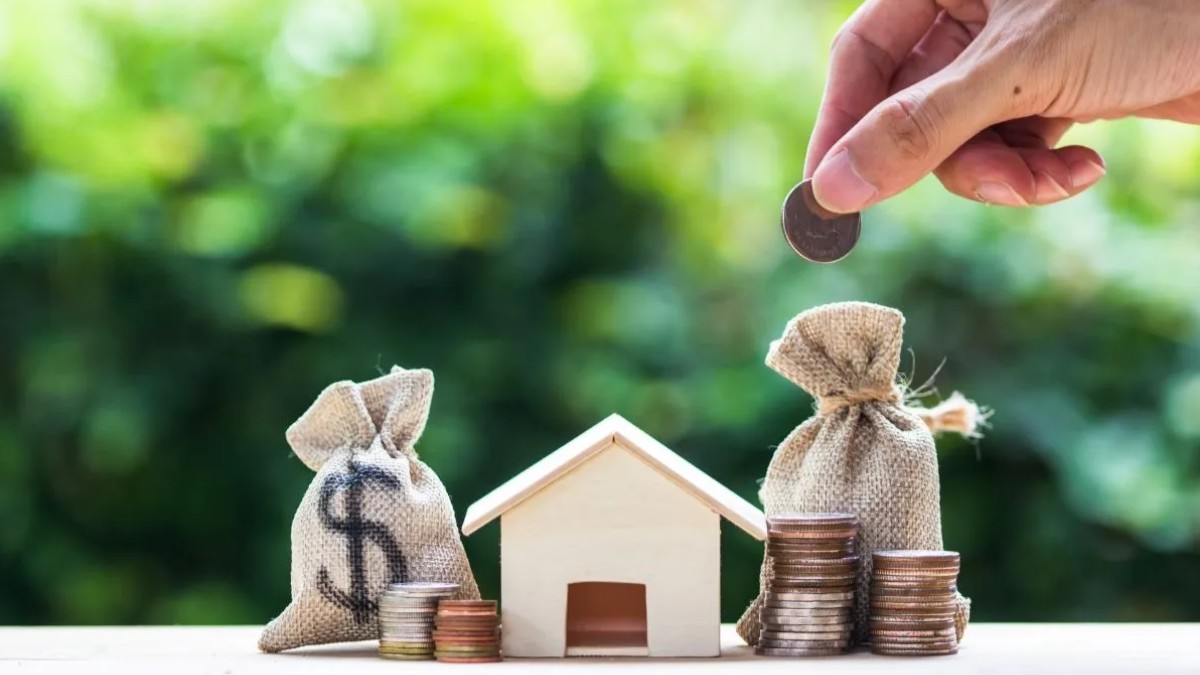Concerns over insurability grow
The share of policyholders who fear their homes will eventually become uninsurable nearly doubled over the past year, rising from 26% to 50%. Inflation (26%), the broader home insurance crisis (16%) and climate change (12%) were cited as top concerns.
ValuePenguin found that younger homeowners fear losing their coverage more than older age groups.
- 84% of Generation Z (ages 18-28)
- 67% of millennials (ages 29-44)
- 38% of Generation X (ages 45-60)
- 27% of baby boomers (ages 61-79)
Lower-income households are also more likely to express concern, with 53% of those earning less than $30,000 per year fearing their homes could become uninsurable. This compares to 48% of six-figure earners.
As concerns mount, 62% of policyholders support federal intervention in the insurance market, up from 52% last year. Gen Z respondents (79%) were most in favor of government action.
Nonrenewal notices on the rise
Twenty-five percent of homeowners said they received a nonrenewal notice from their insurer in 2024, up from 19% the previous year. Younger homeowners were disproportionately affected.
- 56% of Gen Zers received a nonrenewal notice
- 36% of millennials
- 17% of Gen Xers
- 9% of baby boomers
Among those dropped by their insurer, 42% shopped for a new policy, while 35% attempted to renegotiate their existing coverage.
“The homeowners insurance market is under duress, and it’s creating real challenges for many homeowners,” said Rob Bhatt, a home insurance expert at ValuePenguin. “Home insurance is becoming harder to find in many parts of the country, including California, Texas, and Florida.”
Bhatt noted that insurance companies are raising rates and, in some cases, pulling out of certain markets due to financial losses from rising claims and increasing disaster recovery costs.
Inflation, climate change drivers
While most homeowners experienced rate increases, their reasons for the hikes varied. The most common explanations cited by policyholders included:
- Inflation (63%)
- Rising home prices (48%)
- Increased claims (35%)
- Insurance company profits (34%)
- Climate change (29%)
Bhatt said that rising costs stem from multiple factors.
“We’ve been in an all-of-the-above situation for the past few years,” he said. “Climate change has brought an uptick in natural disasters, and inflation has driven up the cost of rebuilding homes. Insurance companies have to rebuild more homes, and each one costs more to rebuild.”
Seeking savings, questioning value
Faced with rising costs, many homeowners are taking steps to save. Nearly 60% of policyholders said they have shopped around for home insurance, with those who switched saving an average of $1,034 per year.
Discount seeking is also common. More than half (56%) of policyholders asked their insurer for a discount, with those who received them saving an average of $781 annually.
Some homeowners have opted to reduce their coverage. About 34% reported downgrading their policy — either by increasing deductibles or cutting coverage — to save money, with an average savings of $782 per year.
With rising costs, nearly one in four policyholders (24%) question whether home insurance is worth the expense. Additionally, 31% have considered self-insuring, opting to forgo coverage and pay out of pocket for damages.
Self-insurance interest was highest among younger generations, with 67% of Gen Z respondents and 42% of millennials considering it, compared to just 13% of baby boomers.
Bhatt cautioned against self-insuring.
“I’d only recommend self-insurance to someone who wouldn’t face financial hardship if their home were suddenly destroyed,” he said. “Self-insurance works best if you never have a disaster. Unfortunately, you don’t get to choose whether you’ll have one.”
Expert advice for lower rates
Bhatt suggested several strategies for homeowners looking to manage costs while maintaining coverage:
- Ask for discounts: While only 56% of policyholders requested a discount, 70% of those who did received one.
- Shop around: Policyholders who switched insurers reported saving an average of $1,034 per year.
- Improve home safety: Upgrades to roofs, heating and plumbing, and the use of fire-resistant materials, can make homes more attractive to insurers.
- Avoid filing small claims: Insurers often drop customers with multiple claims, so handling minor repairs independently may be more cost effective in the long term.

